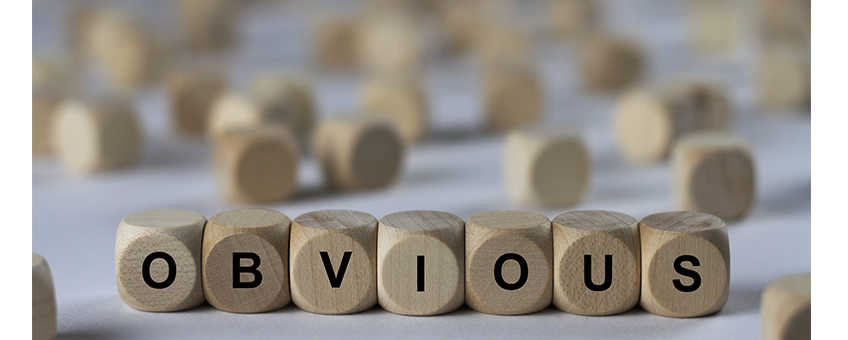
Koninklijke Philips v Google, Microsoft PTAB
Koninklijke Philips N.V. v. Google LLC, Microsoft Corporation, Microsoft Mobile, Inc.
No. 2019-1177 Fed. Cir. Philips v Google Microsoft PTAB summary
The Court affirmed the decision of the Patent Trial and Appeal Board (“Board”) in an inter partes review of U.S. Patent No. 7,529,806 finding that the claims were unpatentable as obvious.
The Board instituted inter partes review on the grounds of obviousness over a reference designated as SMIL 1.0 and obviousness over SMIL 1.0 in combination with a reference designated as Hua. The latter grounds was not advanced in Google’s petition.
The Court held that the Board erred by instituting inter partes review based on a combination of prior art references not advanced in Google’s petition, noting that the Supreme Court has explained that 35 U.S.C. § 311(a) does not “contemplate a petition that asks the Director to initiate whatever kind of inter partes review he might choose.” SAS Inst. Inc. v. Iancu, 138 S. Ct. 1348, 1355 (2018). The Court went on to further quote the Supreme Court’s explanation of § 314(b) that the Director is given only the choice “whether” to institute an inter partes review. That language indicates a binary choice—either institute review or don’t. And by using the term “pursuant to,” Congress told the Director what he must say yes or no to: an inter partes review that proceeds “[i]n accordance with” or “in \ conformance to” the petition.
The Board relied on “general knowledge” of a skilled artisan to supply a missing claim limitation. Philips argued that because 35 U.S.C. § 311(b) expressly limits inter partes reviews to prior art consisting of patents or printed publications, and since general knowledge is neither of those, § 311(b) does not permit use of general knowledge to supply a missing claim limitation in an inter partes review. The Court disagreed, stating that “it does not follow that we ignore the skilled artisan’s knowledge when determining whether it would have been obvious to modify the prior art.” The Court noted that under 35 U.S.C. § 103, the obviousness inquiry requires a determination of “the differences between the claimed invention and the prior art are such that the claimed invention as a whole would have been obvious . . . to a person having ordinary skill in the art to which the claimed invention pertains.” 35 U.S.C. § 103. A determination of those differences “necessarily depends on such artisan’s knowledge.”
Philips argued that the Board’s holding violated Arendi S.A.R.L. v. Apple Inc., 832 F.3d 1355, 1361 (Fed. Cir. 2016) in relying on common sense. The Court differentiated the present case from Arendi, where the Board relied on “conclusory statements and unspecific expert testimony” in finding that it would have been “common sense to supply a limitation that was admittedly missing from the prior art,” and the record in this case where the Board relied on expert evidence, which was corroborated by Hua, in concluding that the missing element was in the prior art and within the general knowledge of a skilled artisan.
Philips also posited that substantial evidence did not support the Board’s finding of obviousness. The Court disagreed stating that the Board “thoroughly explained why SMIL 1.0 combined with [general knowledge] disclose all the limitations of claim 1.” According to the Court, the Board’s finding that a skilled artisan “would have been motivated to reduce the wait time to receive media content over the Internet by using [general knowledge] with SMIL 1.0,” was supported by substantial evidence, as was the Board’s determination that there would have been a reasonable expectation of success. The Court rejected Philips’ counterarguments, including the argument that SMIL 1.0 is incompatible with Hua’s teachings, countering that “ the relevant inquiry is not whether a skilled artisan would have been motivated to combine SMIL 1.0 with the teachings of Hua, but rather whether a skilled artisan would have been motivated to combine SMIL 1.0 with his general knowledge.” The Court analyzed additional evidence in the record, including the disclosure of the patent, and evidence that a skilled artisan would have been motivated to combine SMIL 1.0 with general knowledge to achieve the claimed method.
photo: istock
Read more: Federal Bar member attorneys may access the full case summary by registered patent attorney B.C. “Bill” Killough in the February 2020 issue of Federal Circuit Case Digest
 B.C. Killough is a registered patent attorney based in Charleston, SC. On behalf of his clients, Bill has obtained more than 300 United States patents, participated in prosecuting more than 100 foreign patent applications and he has filed more than 1000 trademark applications with the US Patent and Trademark Offices.
B.C. Killough is a registered patent attorney based in Charleston, SC. On behalf of his clients, Bill has obtained more than 300 United States patents, participated in prosecuting more than 100 foreign patent applications and he has filed more than 1000 trademark applications with the US Patent and Trademark Offices.